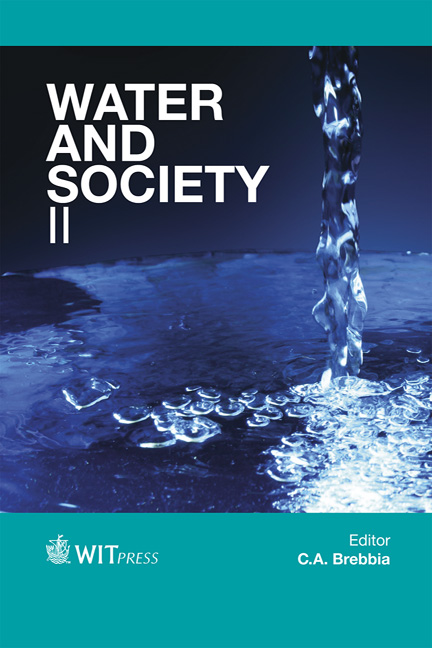A Water Level Relationship Between Consecutive Gauge Stations Along Solimões/Amazonas Main Channel: A Wavelet Approach
Price
Free (open access)
Transaction
Volume
178
Pages
10
Page Range
53 - 62
Published
2013
Size
2354 kb
Paper DOI
10.2495/WS130051
Copyright
WIT Press
Author(s)
R. D. Somoza, E. S. Pereira, E. M. L. Novo & C. D. Rennó
Abstract
Gauge stations are distributed along the Solim˜oes/Amazonas main channel to monitor water level changes over time. Those measurements help quantify both the water movement and its variability from one gauge station to the next downstream. The objective of this study is to detect changes in the water level relationship between consecutive gauge stations along the Solim˜oes/Amazonas main channel, since 1980. To carry out the analyses, data spanning from 1980 to 2010 from three consecutive gauges (Tefe, Manaus and O´ bidos) were used to compute standardized daily anomalies. In particular for infra-annual periods it was possible to detect changes for the water level variability along the Solim˜oes/Amazonas main channel, by applying the Morlet Wavelet Transformation (WT) and Wavelet Cross Coherence (WCC) methods. It was possible to quantify the waves amplitude for the WT infra-annual scaled-period and were quite similar to the three gauge stations denoting that the water level variability are related to the same hydrological forcing functions. Changes in the WCC was detected for the Manaus- O´ bidos river stretch and this characteristic might be associated with land cover changes in the floodplains. The next steps of this research, will be to test this hypotheses by integrating land cover changes into the floodplain with hydrological modelling simulations throughout the time-series. Keywords: fluviometric variabilities, wavelet cross coherence, Amazon floodplain.
Keywords
fluviometric variabilities, wavelet cross coherence, Amazon floodplain





